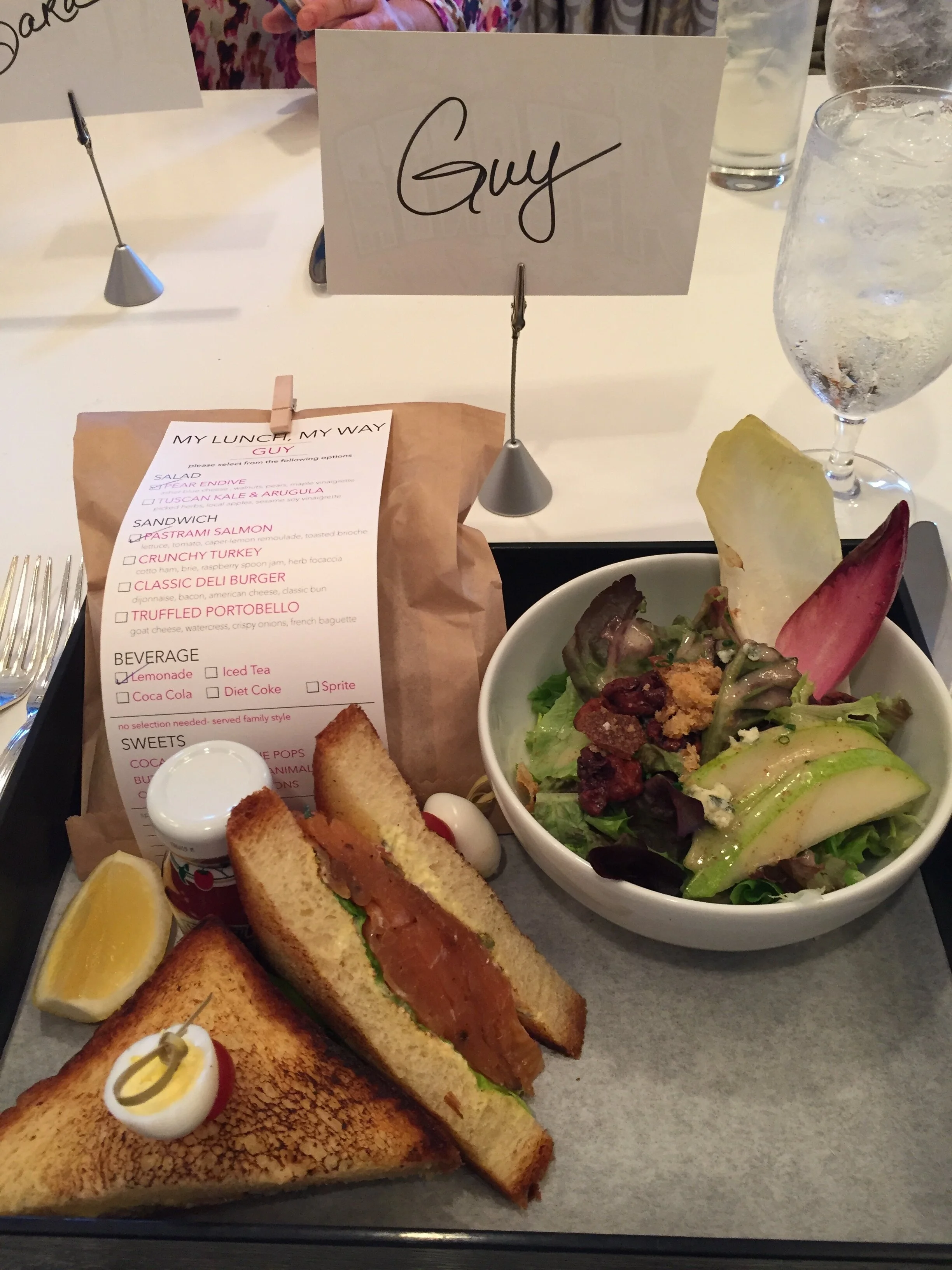I recently spent some time in India, where I had the opportunity to stay in four Oberoi Hotels and Resorts. To say they get service right is akin to saying Ferrari makes fast cars. Not only are all of their staff technically perfect, but they manifest sincere hospitality with the utmost grace and charm.
And one of the reasons for this is because they have their own hotel school.
The Oberoi Center of Learning & Development was started in 1966 by Rai Bahadur Mohan Singh Oberoi (the founder of Oberoi Hotels). There are management training programs offered in guest services, kitchen, sales and housekeeping.
Attendance at this exclusive school is free of charge for all students who are fortunate enough to be selected. Out of over 7,000 applications each year, only about 25 are selected for guest services, 18 for the kitchen program, and approximately 15 each for sales and housekeeping. Each course lasts for two years.
Guaranteed placements are offered to all associates who successfully pass the management programs, and as a result, most of the division heads and general managers in all the Oberoi hotels are graduates of the school.
I was honored to meet Oberoi’s indefatigable 90-year-old executive chairman, Mr. Prithvi Raj Singh Oberoi, who explained to me that his father created the school because back in the ’60s, most of their senior managers came from overseas and his desire was that Indian nationals be given the same opportunities.
Outstanding initiative. Outstanding service culture. Outstanding hotel company.
11/25/2019






